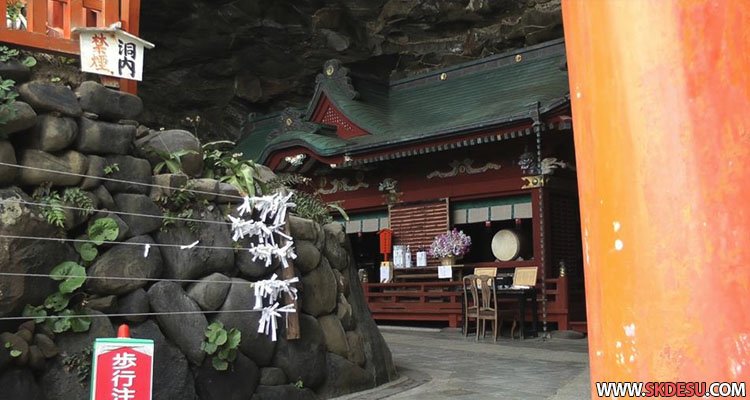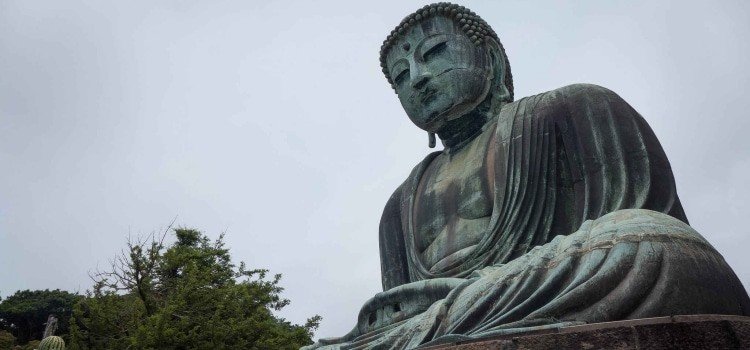Japan is a nation that allows free worship, yet there are two religions that have more followers than the rest and today you will get to know them.
The Japanese are not governed by a specific religious culture, but by the composition of several of them. However, Buddhism and Shinto are popular because they are the most practiced religions in this country.
According to studies, about 80% of people at some point in their lives practiced Buddhism and Shinto. In fact, often both religious activities go together.
According to studies, Shinto has the most believers, followed by Buddhism, and thirdly, Christianity. However, today we are going to focus on the first 2.

Índice de Conteúdo
Buddhism and Shintoism
Buddhism and Shintoism are so practiced in Japan and are so intertwined that they have a very popular phrase: the Japanese “are born Shinto and Buddhists die”.
But, let's talk a little about each of them.
Buddhism
Buddhism is based on the wisdom of Siddhartha Gautama, born in 563 BC, in Nepal. Luego was seen as Buddha (el Iluminado).
It originated centuries ago in India, then transcended Korea and China, ending up in Japan by the 6th century. It also began in the city known as Nara, the country's capital at that time. From there, it spread throughout the Japanese territory thanks to the construction of Buddhist temples.
Such a religion is practiced through continuous meditation, in other words, through observation and understanding of the mind.
It should be noted that for the Japanese, religion is part of their culture and tradition. However, Buddhism can be viewed in 3 different ways:
- Mahāyāna: It is deployed in northern India, Tibet, China, Japan and Korea. Known as the most personal.
- Theravāda: Most common in India, Japan and Southeast Asia area. Here Buddhism is more orthodox.
- Vajrayāna: Extends across Tibet, East Asia and Japan. Also popular by the tantric or esoteric name, it symbolizes spiritual authority.

Shintoism
Also known as Shintoism, and whose literal meaning is the path of the deities. The religion is native to Japan and must be thousands of years old. Shintoism is based on devotion to nature.
In addition, he worships sacred objects, places and animals. For example, the deities called Kami: the sun, trees, the sea, sounds and even death.
Shinto is a very open religion and can be interpreted in many ways, so it conforms to different philosophies. In this way, it became a way of life and not a belief. For those who are ruled by this religion, they will know that there is no absolutism. Well, not everything is good or bad altogether.
Your faith is optimistic.
This is due to their belief that people are good by nature and that malice derives from other people's influences.
On the other hand, over the centuries, these two religions created a religious syncretism. For many of the followers place their faith in both.

Differences between Buddhism and Shintoism
The most practiced religions have noticeable differences for those who follow them. Some of them are:
Veneration
Shinto worships the Kami. Those deities inspired by nature, such as atmospheric phenomena and abstract conceptions. While in Buddhism, believers worship their forerunner Buddha.
The protectors of the temples
Shintoists guard their entrances with legendary animals, better known as Komainu. These take the form of lions, dogs or foxes.
Instead, in Buddhism, they have four Buddhist deities in order to safeguard the 4 cardinal points.
Purification
People who come to Shinto shrines are purified with fountains indicated at the entrance. On the contrary, in Buddhist temples it works with incense burners.
But for the Japanese, these differences don't seem to be a problem, as much of the population considers itself Buddhist and Shinto.




